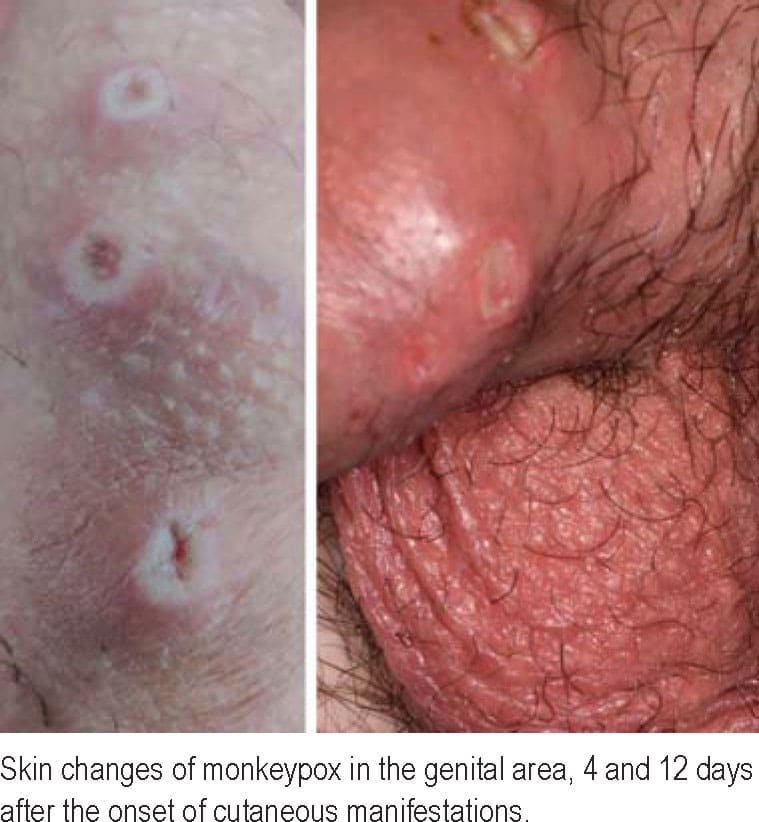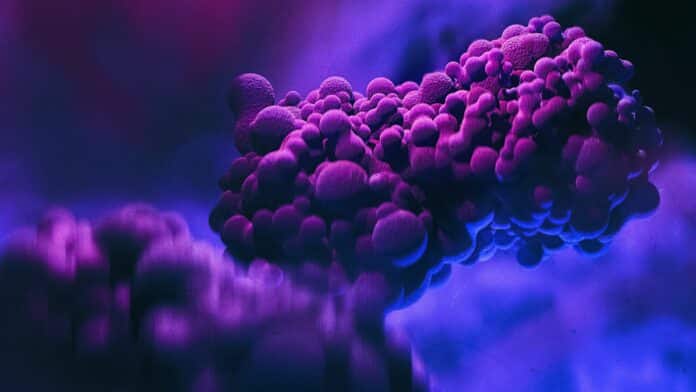Monkeypox is an infectious disease caused by the monkeypox virus. In May 2022, multiple cases were identified in several countries where monkeypox has not been endemic. This current outbreak is the largest and marks the first time substantial local transmission has been reported in non-endemic countries across multiple continents.
It is crucial to consider various clinical options in the current monkeypox outbreak. This involves localized chiefly skin changes or lesions at the presumed inoculation sites, a low exanthematous component, and the advent of general symptoms only throughout the illness.
Ricardo Niklas Werner and colleagues present the case of a 30-year-old man with painful, itchy skin lesions that had been present for ten days, mainly on the genitals. He had suffered from transient fever and malaise five days after the onset of the rash.
Examination revealed skin-colored, centrally indented, partly ulcerated, fibrin-covered papules and hemorrhagic crusts up to 1cm in diameter on the penis, scrotum, and lower abdomen, and to a lesser extent elsewhere, as well as inguinal lymphadenopathy.
The study noted, “Because of the patient‘s history of multiple male sex partners, scientists suspected monkeypox despite the limited spatial extent of the rash and the delayed onset of general symptoms. PCR analysis of a lesional swab confirmed the diagnosis of the West African variant of monkeypox.”

In future cases of this type, it would be desirable to perform PCR analyses of blood, semen, throat swab, and sputum to assess the degree of systemic involvement.
Journal Reference:
- Werner RN, Dobos G, Nast A: Monkeypox: a localized rash followed by general symptoms. Dtsch Arztebl Int 2022; 119: 475. DOI: 10.3238/arztebl.m2022.0250
